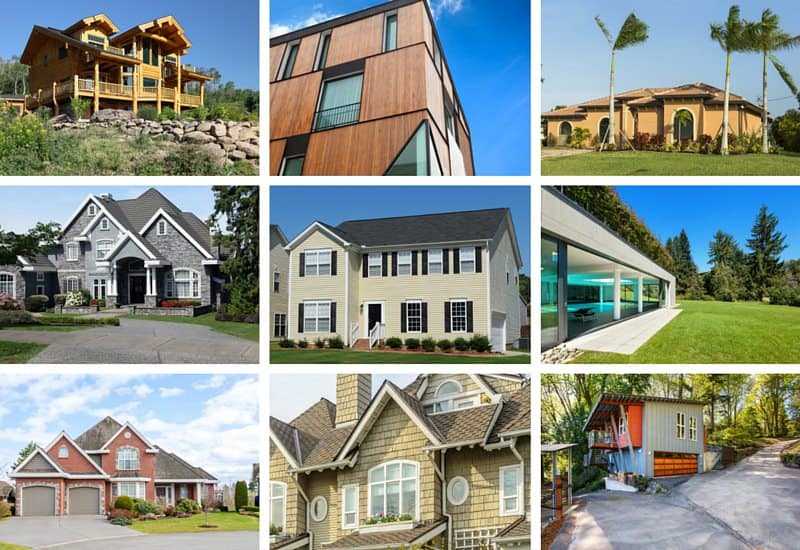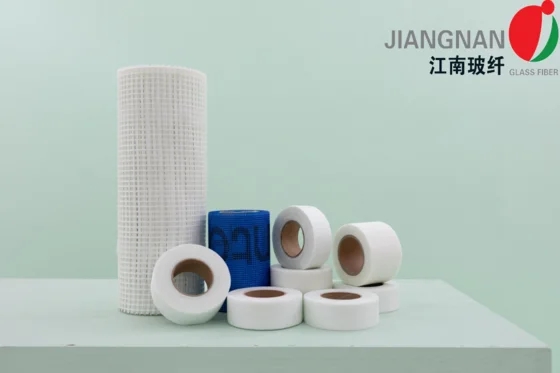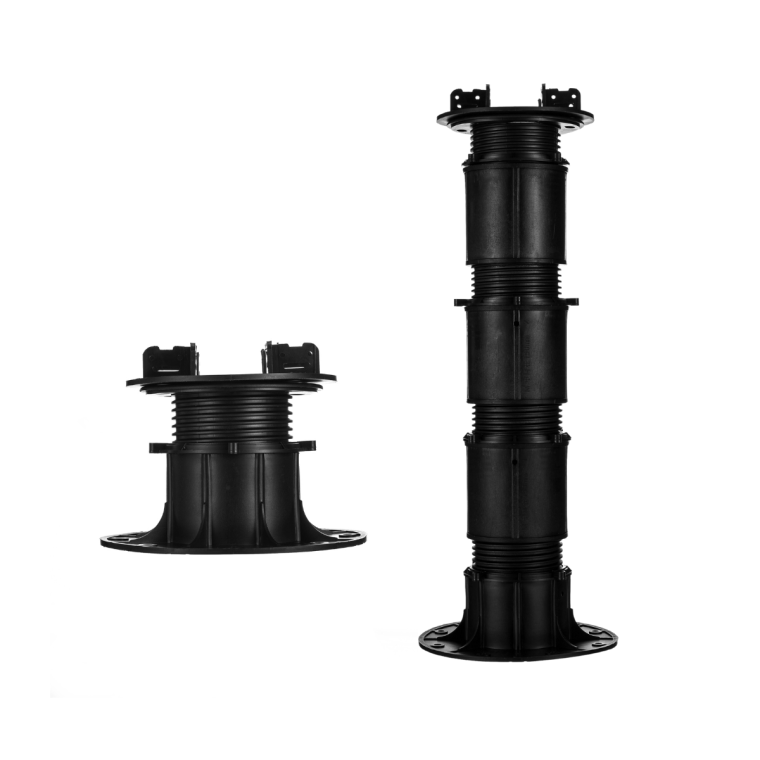Exploring the Optimal Construction Materials for Coating Walls
2 min read
When it comes to coating walls, choosing the right construction material is crucial for achieving both aesthetic appeal and functional durability. In this article, we will delve into the world of construction materials and explore the various options available for coating walls. From traditional choices to innovative solutions, we will examine their properties, advantages, and applications, providing you with valuable insights to make informed decisions.
- Paints and Coatings:
Paints and coatings are the most common and versatile options for coating walls. They come in a wide range of colors, finishes, and formulations, offering both decorative and protective benefits. From water-based latex paints to oil-based enamels, each type has its own characteristics and suitability for different environments. Additionally, specialized coatings such as anti-microbial or fire-resistant paints provide enhanced functionality for specific applications. - Wallpaper and Wallcoverings:
Wallpaper and wallcoverings have been used for centuries to add texture, pattern, and style to walls. With advancements in technology, modern wallpapers offer a plethora of designs, materials, and installation methods. From vinyl and fabric wallpapers to natural fiber and grasscloth coverings, these options provide not only visual appeal but also durability and ease of maintenance. - Tiles and Ceramics:
Tiles and ceramics are popular choices for coating walls in areas prone to moisture, such as bathrooms and kitchens. They offer excellent water resistance, durability, and ease of cleaning. From classic ceramic tiles to trendy mosaic patterns, the variety of sizes, shapes, and finishes available allows for endless design possibilities. Additionally, advancements in digital printing technology have enabled the creation of realistic tile designs that mimic natural materials like marble or wood. - Natural Stone and Brick Veneers:
For a more rustic or natural look, natural stone and brick veneers are excellent choices. These materials provide a timeless appeal and can be used to create feature walls or accent areas. With options like limestone, slate, or reclaimed bricks, they add texture, warmth, and character to any space. Moreover, the lightweight and thin nature of veneers make them easier to install compared to full-sized stones or bricks. - Decorative Plasters and Finishes:
Decorative plasters and finishes offer a unique and luxurious touch to coated walls. Venetian plaster, for example, creates a smooth, marble-like surface with a high-gloss finish. Other options like stucco, textured plasters, or metallic finishes provide depth, visual interest, and a touch of elegance. These materials require skilled craftsmanship for application but can transform ordinary walls into works of art.
Conclusion:
Choosing the right construction material for coating walls is a critical decision that impacts both the aesthetics and functionality of a space. By considering factors such as durability, maintenance, design preferences, and environmental conditions, one can make an informed choice. Whether it's paints and coatings, wallpapers, tiles, natural stone veneers, or decorative plasters, each option offers unique advantages and possibilities. So, next time you embark on a wall coating project, explore the vast world of construction materials and unleash your creativity.



